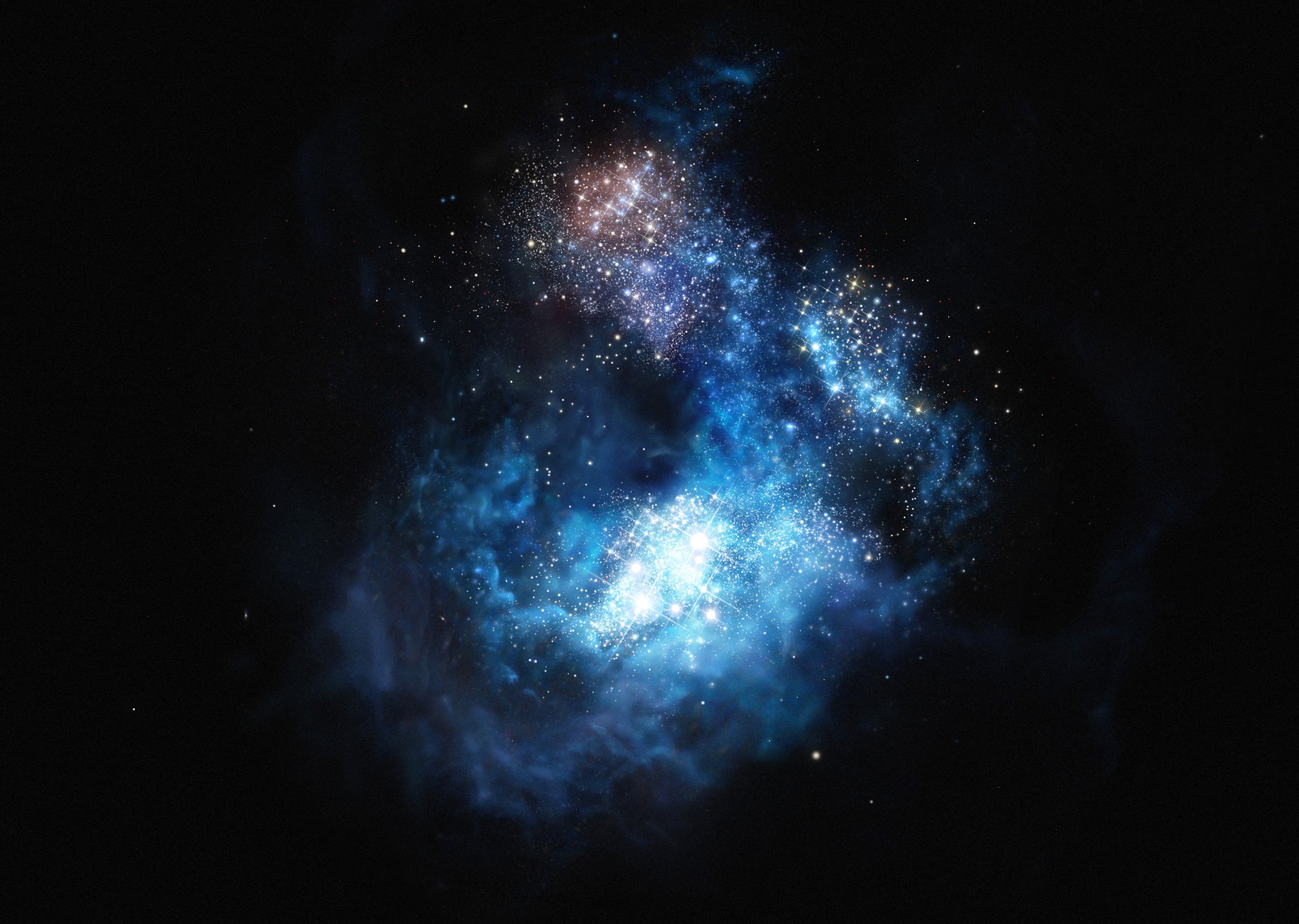
Astronomers say a newly-discovered batch of gigantic, super-intense stars that burned out millennia ago may have helped create life in our universe, and they’ve named the galaxy where they found them after one of the world’s most luminous soccer players.
The group of astronomers at the University of Lisbon in Portugal and the Leiden Observatory in the Netherlands announced that they’d spotted evidence for these stars in a previously unknown galaxy of extremely luminous helium and hydrogen, the New York Times reports. They named the galaxy CR7 in honor of the Portuguese soccer star Cristiano Ronaldo.
The authors write in The Astrophysics Journal that the stars’ explosions within our universe could have spawned elements that began the chain of thermonuclear reactions through which modern-day stars give off carbon, oxygen, and iron — the elements that helped create planets, and life.
Dr. David Sobral, who leads the team at The University of Lisbon, told the New York Times in a statement from the European Southern Observatory, “It doesn’t really get any more exciting than this.”
More Must-Reads From TIME
- The 100 Most Influential People of 2024
- Coco Gauff Is Playing for Herself Now
- Scenes From Pro-Palestinian Encampments Across U.S. Universities
- 6 Compliments That Land Every Time
- If You're Dating Right Now , You're Brave: Column
- The AI That Could Heal a Divided Internet
- Fallout Is a Brilliant Model for the Future of Video Game Adaptations
- Want Weekly Recs on What to Watch, Read, and More? Sign Up for Worth Your Time
Contact us at letters@time.com